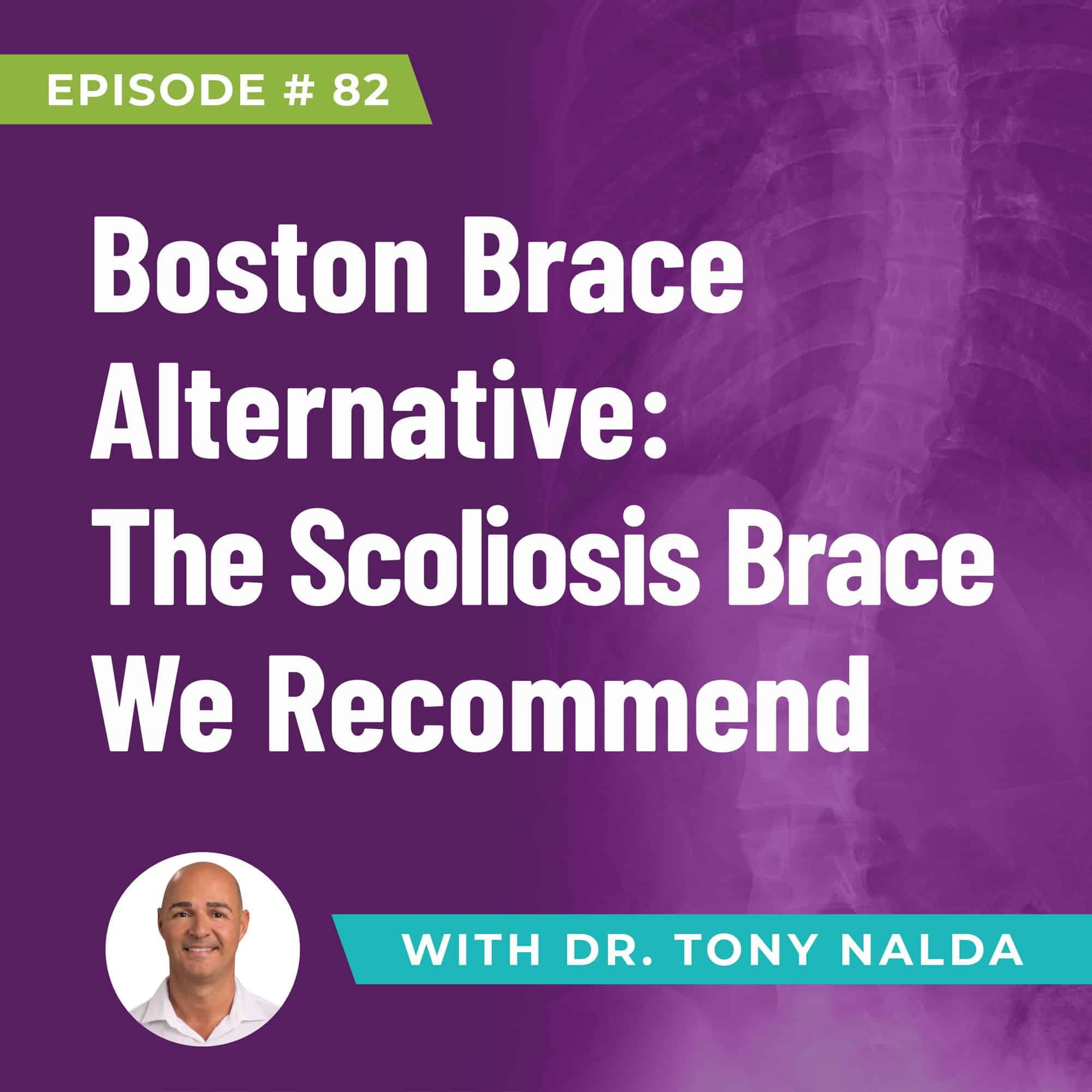Episode 82: Boston Brace Alternative: The Scoliosis Brace We Recommend
When patients receive a diagnosis of scoliosis, they very often start looking for different treatment options. Basically, there are two specific approaches when it comes to scoliosis.
Traditional Approach
Traditionally, this approach is just reactive and mostly involves watching and waiting. No active intervention is done until the curve reaches a point where spinal fusion becomes a consideration. This procedure is a highly invasive surgery involving rods, screws, and fusion within the spine.
Conservative Approach
Unlike the traditional approach, this is more proactive and focuses on applying treatments as early as possible. It aims not just to stop the curve progression but also to improve spinal function and reduce the curve.
Boston Brace vs Scoli Brace
Both approaches employ some type of bracing - the traditional Boston Brace and the innovative and more modern Scoli Brace.
The Boston Brace employs a design that squeezes the spine from the sides. Its primary objective is to slow down the progression of scoliosis during adolescence. However, it has notable limitations, including potential weakness in surrounding muscles and tissues. The two-dimensional approach may exacerbate rib deformation, and compliance tends to decrease as curves worsen.
In contrast, the Scoli Brace is a corrective brace designed to push the spine for actual correction. Its objective is not just to slow progression but to actively improve spinal function and reduce the scoliotic curve. The Scoli Brace offers several advantages, including a three-dimensional approach that considers rotational and compression components comprehensively. Each brace is customized for the patient's unique curvature, promoting strength and muscle development. Compliance is enhanced, especially as improvements in posture and torso become motivating factors. The brace is adjusted and modified during corrective stages for the best reduction outcome.
The Scoliosis Reduction Center advocates a proactive and functional treatment model, favoring the Scoli Brace for its corrective design and emphasizing the importance of coordinated therapies for optimal scoliosis reduction. It is important that whatever you choose, it should be coordinated with other treatments like chiropractic care, in-office therapy, rehabilitation, and home exercises for a comprehensive approach.
To know more, listen to Dr. Tony Nalda's podcast.
Artlist.io 847544
Podcast: Play in new window | Download
Subscribe: RSS
Dr. Tony Nalda
DOCTOR OF CHIROPRACTIC
After receiving an undergraduate degree in psychology and his Doctorate of Chiropractic from Life University, Dr. Nalda settled in Celebration, Florida and proceeded to build one of Central Florida’s most successful chiropractic clinics.
His experience with patients suffering from scoliosis, and the confusion and frustration they faced, led him to seek a specialty in scoliosis care. In 2006 he completed his Intensive Care Certification from CLEAR Institute, a leading scoliosis educational and certification center.
About Dr. Tony Nalda
 Ready to explore scoliosis treatment? Contact Us Now
Ready to explore scoliosis treatment? Contact Us Now








